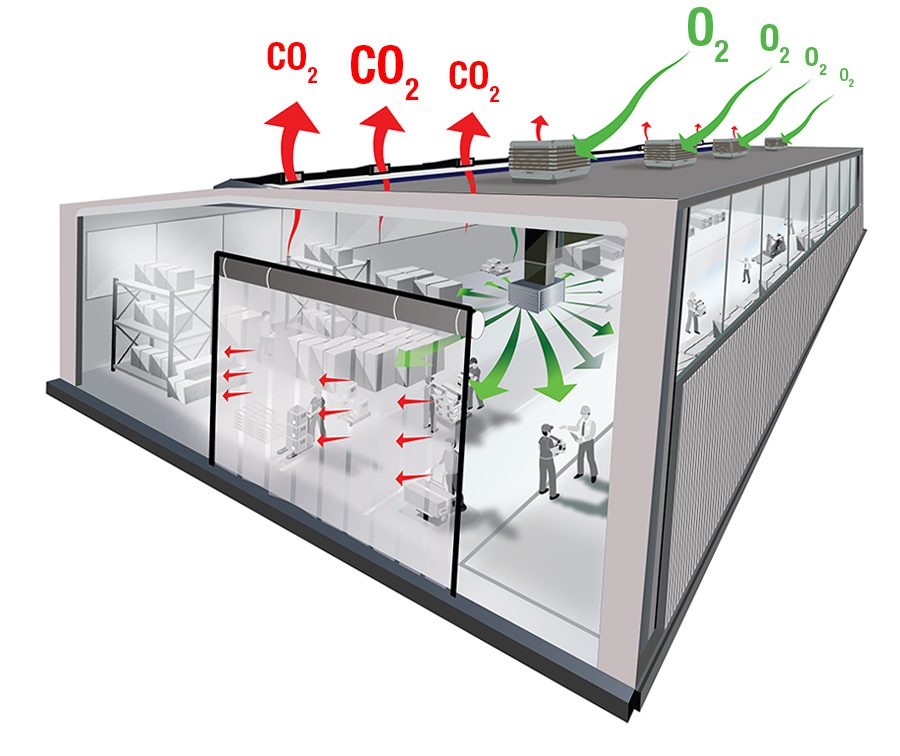Are we poised for an indoor air quality revolution?
The HVAC industry has a golden opportunity to revolutionise indoor air quality and set new benchmarks for building ventilation standards. Recent developments, including the Centers for Disease Control and Prevention’s (CDC) release of a health-based ventilation target and the American Society of Heating, Refrigerating and Air-Conditioning Engineers’ (ASHRAE) enhanced ventilation standard, have set the stage for a potential public health victory of the 21st century. These advancements highlight the importance of addressing indoor air quality and its impact on respiratory infectious diseases.
In a significant breakthrough, the CDC has introduced a ventilation target of at least five air changes per hour (ACH), replacing the previous lack of specific guidelines. This is the first time the agency has set a ventilation standard aimed at combatting respiratory infectious diseases. The CDC’s recommendations align closely with the guidance provided by the Lancet COVID-19 Commission and support the notion that improving ventilation rates is crucial to mitigating the spread of pathogens indoors.
ASHRAE, a prominent organisation in the HVAC industry, has complemented the CDC’s efforts by releasing its enhanced ventilation standard, which is open for public comment. This industry group’s response signifies a shift towards higher ventilation rates for schools, offices, homes, and other indoor spaces.

The use of direct evaporative and indirect evaporative air conditioning systems as sustainable solutions for enhancing indoor air quality is a method of providing 100% cool, continuous outside air into buildings. These methods offer energy-efficient and effective means of improving ventilation rates while maintaining comfortable indoor environments. By implementing such systems, the HVAC industry can contribute to cleaner indoor air, reducing the risks associated with respiratory diseases and enhancing occupants’ well-being.
The updated CDC recommendations also emphasise regular tune-ups for buildings, providing opportunities for energy efficiency improvements and cost savings.
The ASHRAE standard, currently in the draft stage, has received substantial attention and gained significant public comment. The comprehensive content of the standard reflects the collaborative efforts of experts from around the world. Experts suggest that the ASHRAE standard could be adapted for use in Australia, given the similarities in building HVAC system design and operation between the US and Australia.
We at Seeley International believe that there is a need for greater action and government support to improve indoor air quality. Market forces, voluntary compliance programmes, and government-based mandatory standards can drive meaningful change, benefitting public health and productivity.
The HVAC industry stands on the brink of a potential indoor air quality revolution. With the CDC setting specific ventilation targets and ASHRAE releasing an enhanced ventilation standard, the stage is set for elevating the standards of building ventilation. At the same time, direct and indirect evaporative air conditioning systems offer sustainable solutions for improving indoor air quality while lowering energy costs and CO2 emissions. By embracing these advancements and implementing higher standards, the HVAC industry can play a pivotal role in creating healthier indoor environments for all.
Read more about the recent changes in The Washington Post’s article “We might be on the verge of an indoor air quality revolution“.
